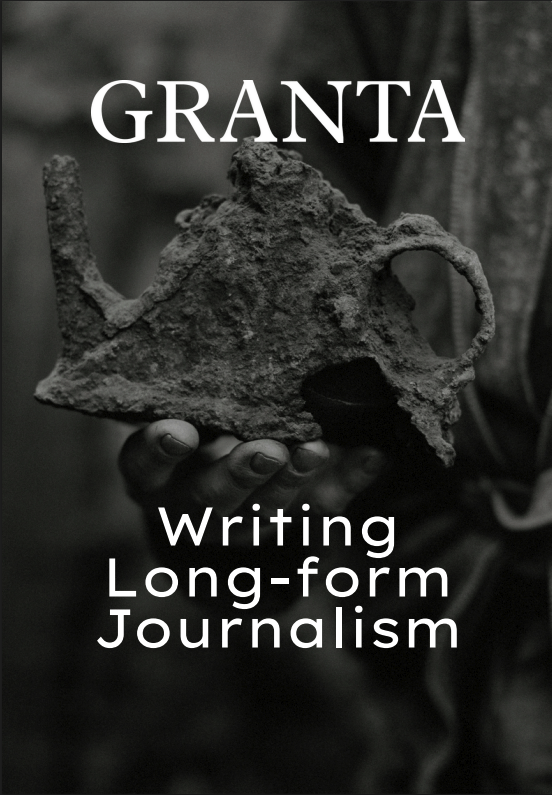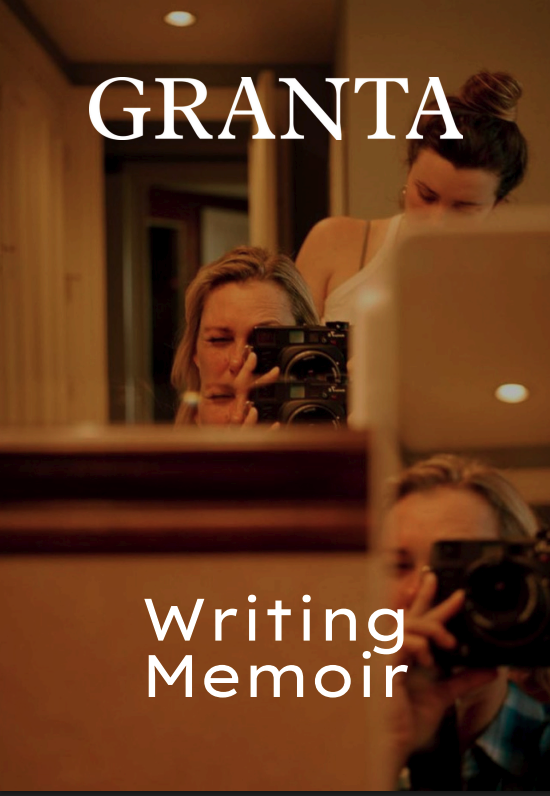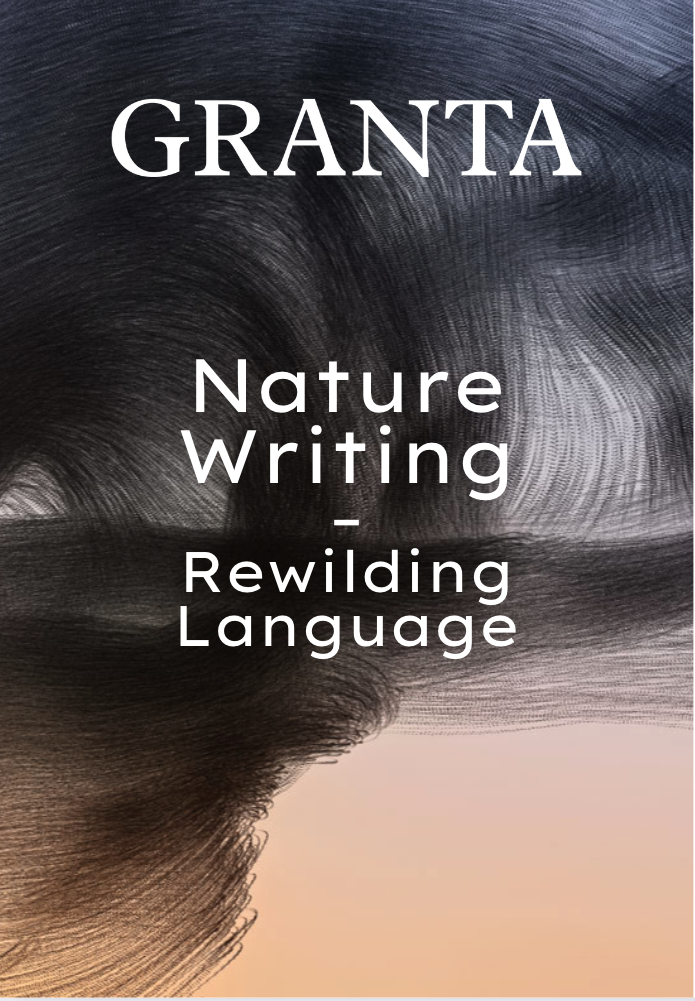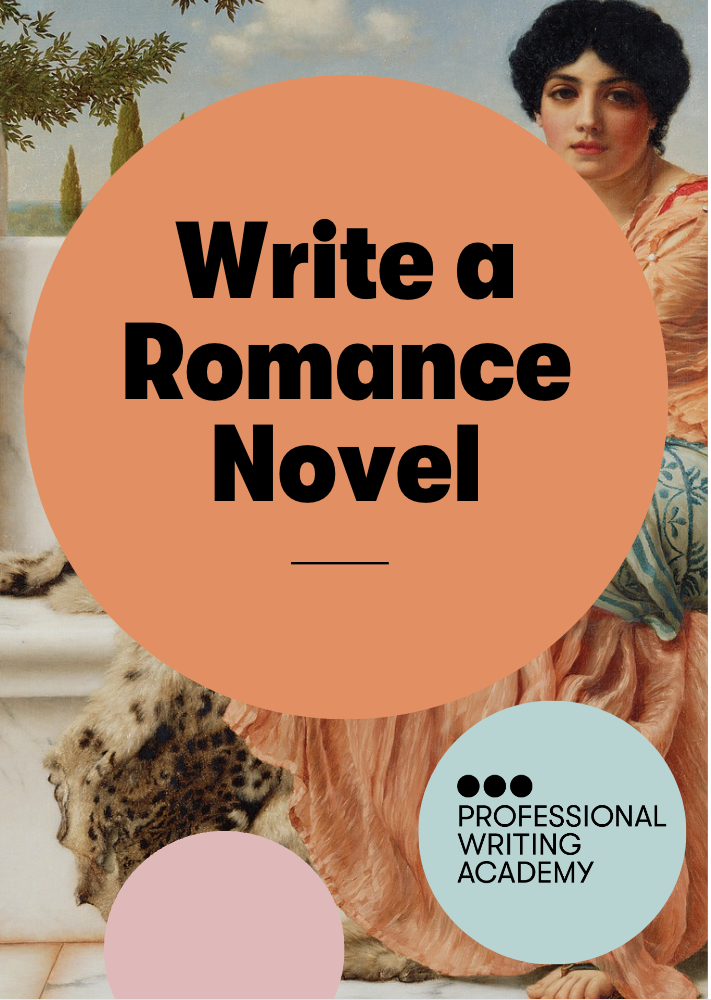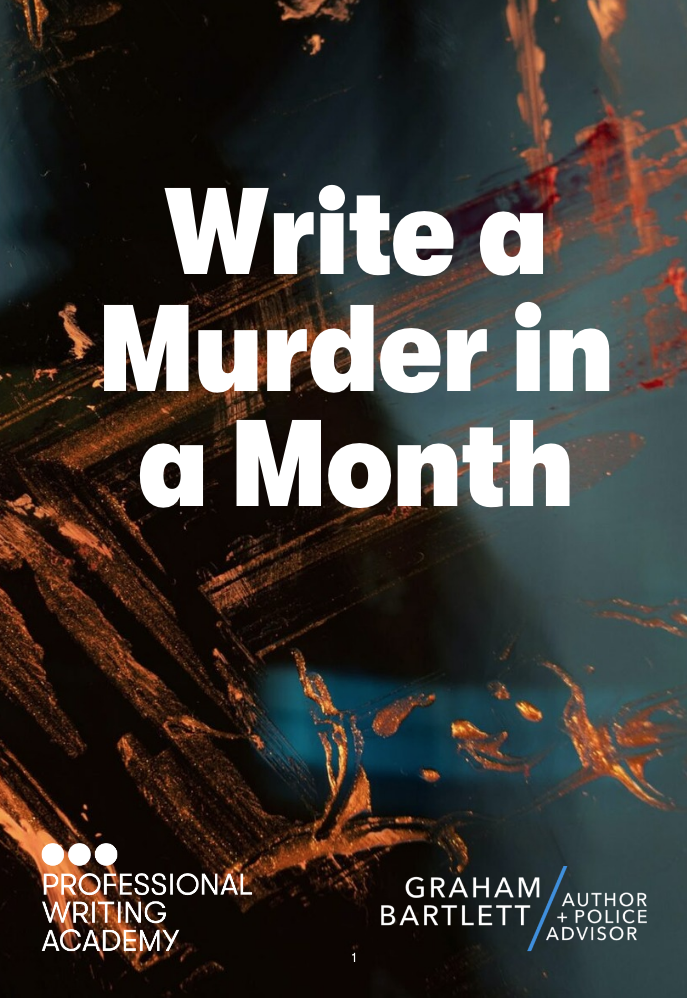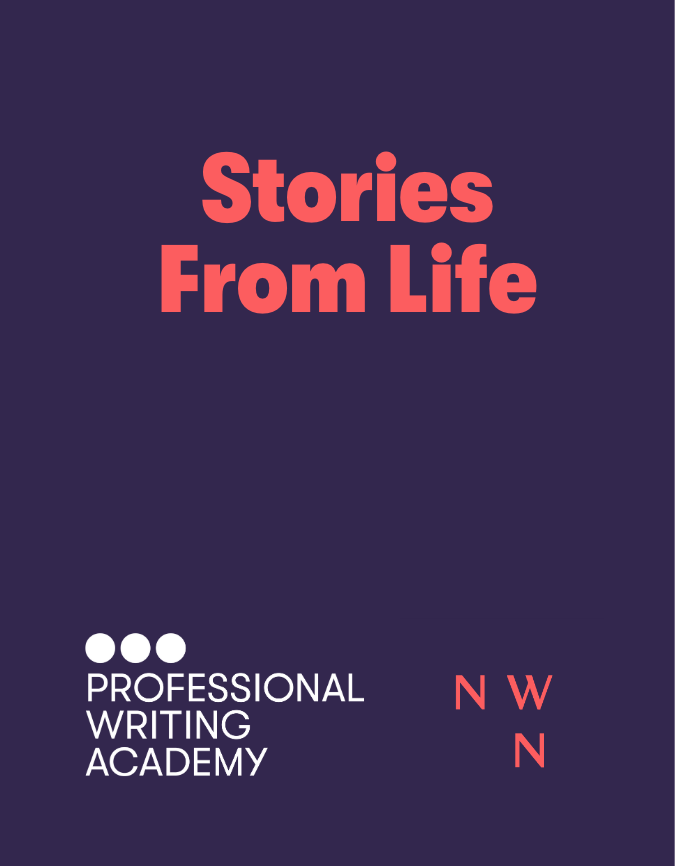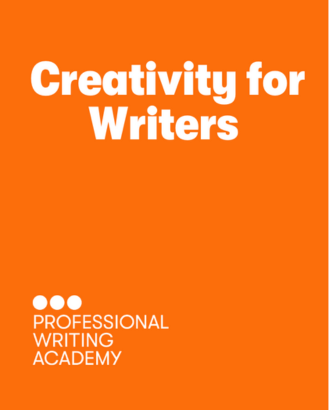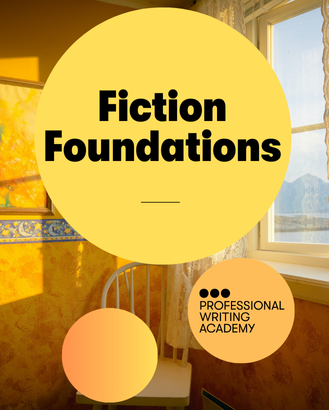The days when you sent a manuscript to an agent or publisher expecting them to work with you are over.
While editors can do major edits with an author, they expect a level of editing expertise from their authors, an understanding of editor-speak and knowledge of how to take revisions beyond initial suggestions.
This takes confidence and practice.
Many authors, especially those not yet in the professional sphere, will be confident in their writing but have little experience of the editing process — although it’s one of the most important aspects of creating a successful novel.
It’s easy to assume that if you’re picked up by a publisher, they’ll have an in-house editing team, but in recent years it’s increasingly become the author’s job to be their own editor.
Your agent will expect to see a well-edited manuscript before they even consider approaching publishers.
– Helen Corner-Bryant
What is editing?
“Knowing where to begin is half the battle — it’s best to start by looking at the big picture, and then to gradually move in on the smaller details,” says Helen Corner-Bryant, founder of Cornerstones Literary Consultancy.
With Cornerstones, Helen has over 20 years experience of helping authors shape their drafts into manuscripts that are ready for submission to agents.
“There are a number of stages in the process,” Helen continues. “The first and most important stage is the structural edit, where plot, story, character, pacing and voice will all be considered. This is the main area we focus on at Cornerstones.
Working on these aspects first ensures the book as a whole is solid, entertaining, and appealing to an agent.
Therefore, this is where the author will spend most of their editing time. When this process is complete, an author might think about submitting to agents and editors”.
“Once an author has been taken on by an agent or editor, they might consider the secondary editorial process, which is copyediting,” Helen says.
“This involves looking at the minutiae of sentence structure, and cross-referencing facts in the story like making sure a character’s hair remains the same colour throughout — barring any pivotal appearance changes or disguises, of course.
Then, the publisher will proofread. Often the publisher will do both the copyediting and proofreading, but the editor will invariably expect the author to brainstorm structural revisions”.
Knowing where to begin is half the battle — it’s best to start by looking at the big picture, and then to gradually move in on the smaller details.
– Helen Corner-Bryant
Do all authors edit their work?
“Authors can be wary of editing,” says Cornerstones editor-in-chief Kathryn Price “because it can seem like they’re applying a set of rules to something that is, in essence, quite a magical process.
Often they’re worried that if they’re too structured, they’ll lose that magic. In reality, the purpose of editing is to get to the bottom of what an author’s vision is, and then to turn the novel into the clearest, purest expression of that vision.
That’s the essence of structural editing: finding out what the heart of the story is, and peeling away everything that doesn’t contribute to that”.
Literary consultancies like Cornerstones help authors to do that, but their ultimate aim is to teach and guide authors to do it themselves.
“It’s very useful for authors to be able to edit their work themselves when they enter the professional arena, so that they will be equipped to sit down with an editor who might say, ‘I’m worried that your pace is flagging in the midsection’,” Kathryn says.
“The author will understand what they mean, not be frightened by it, and have various techniques for dealing with those problems which can be applied without outside assistance”.
It’s very useful for authors to be able to edit their work themselves when they enter the professional arena.
– Kathryn Price
How can I learn to professionally edit?
Helen and Kathryn have written On Editing: How to Edit Your Novel the Professional Way (John Murray, April 2018) for authors who want to learn about the editing process themselves.
“The idea behind the book was to distill all these skills we’ve spent years developing into really manageable chunks for authors to get to grips with,” Kathryn says.
“With the book, authors should be able to read their own work with a critical, editorial eye, and prepare their work for submission”.
Based on the book, Helen and Kathryn have devised a new online course, Edit Your Novel the Professional Way.
Kathryn says “the course focuses mostly on structural editing, and brings together these quite technical processes in a way that allows authors to practice and discuss them with each other, and apply to their own manuscripts in a methodical way.
Essentially, they will be following a step-by-step guide to editing, learning practical techniques to prepare them for the industry along the way”.
“At the end of the course,” Helen adds, “we’ll be working with authors to prepare their submission package (cover letter, synopsis, and first 10,000 words) to present to the trade”.
Whichever route you choose to take with your novel, it’s important to both understand the necessity of the editing process, and to embrace it as an exciting, creative process rather than as a chore. Now, break out your red pen!



